APPLIED HOCKEY SCIENCES
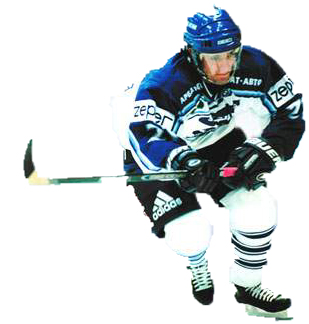
 | ||||
THE HISTORY OF SOVIET HOCKEY (How It All Started)
After World War II, Anatoli Tarasov was asked to put together a
hockey program from scratch.
It was his ideals and philosophies that shaped the Russian game
into what it is today- fast, graceful, non-individualistic, ice hockey.
Before hockey, the most popular ice sport in Russia and the Soviet Union was
Bandy, a sport similar to field hockey. The Russian style of hockey, with its
emphasis on skating skill, offense and passing, is still heavily influenced by
bandy.
The Soviets were the most dominant teams of all time in international play.
The team won nearly every world championship and Olympic tournament
between 1954 and 1991 held by the International Ice Hockey Federation (IIHF).
The Soviet Development Program (An Organized Approach)
In 1935-1936, the first sports schools were opened in Moscow, Leningrad and other cities of
the USSR; they were created and functioned on the basis of regulations, approved by the
Central Soviet of Sports Societies and Organizations of the USSR.
Sports schools like Dynamo Moscow, Red Army, Spartak, Soviet Wings, etc… were developed
by government funding and sports programs developed by scientific research.
Children who wish to play sports and prove good enough, are first placed in general sports schools
where they play all sports.
When a child excels in a specific sport, for example ice hockey, they then are then placed in hockey
specific programs at sports schools like Dynamo Moscow, Red Army, Spartak, Soviet Wings
etc.
By 1971 there were 3,813 sports schools in the USSR, with some 1.3 million children and
youth training in sports schools in the former USSR.
By 1991, some 6,000 sports schools functioned in the former USSR.
The Results Of Organization And Proper Training
The IIHF Team of the Century included four Soviet players out of a team of six. The team was selected by a group of 56 experts from 16 countries.
Soviet Olympic Hockey Record
The Soviet team's Olympic record was 62-6-2 (win-loss-tie) through 1956-1992. They scored 467 goals and gave up 127 goals. That averaged 6.67 goals per game and 1.81 goals given up.
Soviet World Championships Record
"BUILDING BETTER HOCKEY PLAYERS THROUGH SCIENCE"
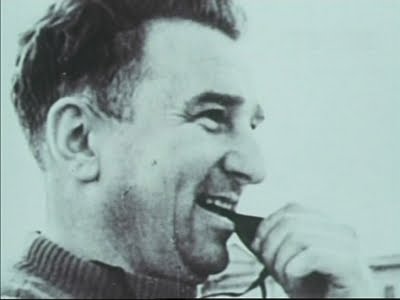
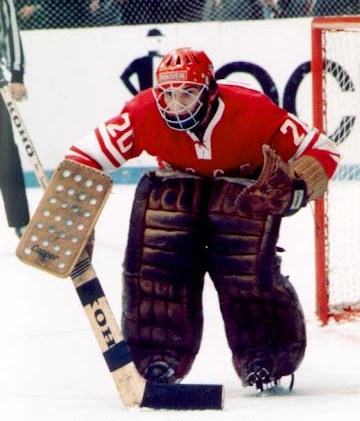
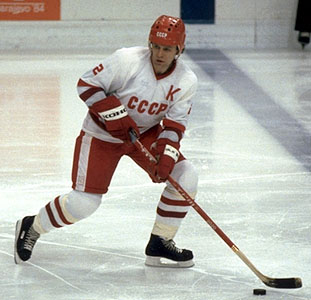
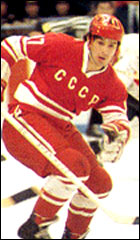
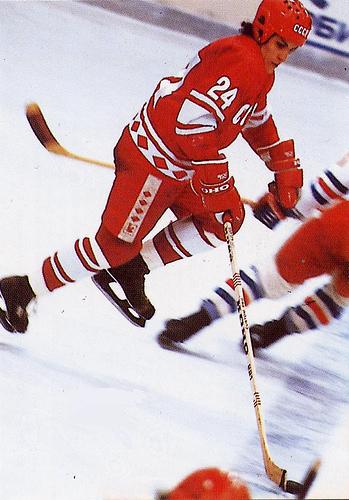
1973 - Gold medal winner
1974 - Gold medal winner
1975 - Gold medal winner
1976 - Silver medal winner
1977 - Bronze medal winner
1978 - Gold medal winner
1979 - Gold medal winner
1981 - Gold medal winner
1982 - Gold medal winner
1983 - Gold medal winner
1985 - Bronze medal winner
1986 - Gold medal winner
1987 - Silver medal winner
1989 - Gold medal winner
1990 - Gold medal winner
1991 - Bronze medal winner
1954 - Gold medal winner
1955 - Silver medal winner
1957 - Silver medal winner
1958 - Silver medal winner
1959 - Silver medal winner
1961 - Bronze medal winner
1962 - Did not participate
1963 - Gold medal winner
1965 - Gold medal winner
1966 - Gold medal winner
1967 - Gold medal winner
1969 - Gold medal winner
1970 - Gold medal winner
1971 - Gold medal winner
1972 - Silver medal winner
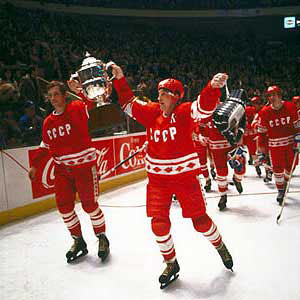
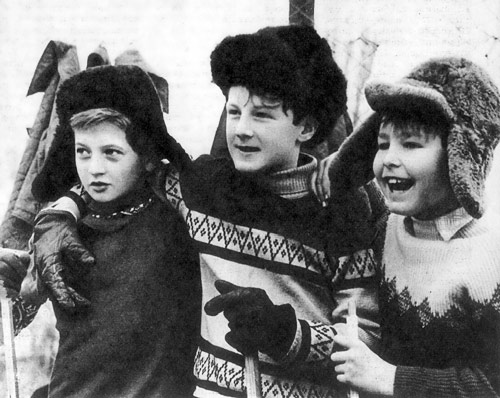
APPLIED HOCKEY SCIENCES
Applied Hockey Sciences Established Since 2000
"Hockey does not boil down to getting past a player. Hockey is much more complicated and interesting – it includes passing, team work both in attack and in defense: it is offering oneself and getting out into an open space. Team work, not only individual play, decides the game. Team work always gets the upper hand over individuals, even the most talented and skilled players. Hockey calls for reason, proper tactical decision. Hockey means taking a creative approach to the game. And, of course, it means a devotion – you have to love the game to become a good hockey player.”